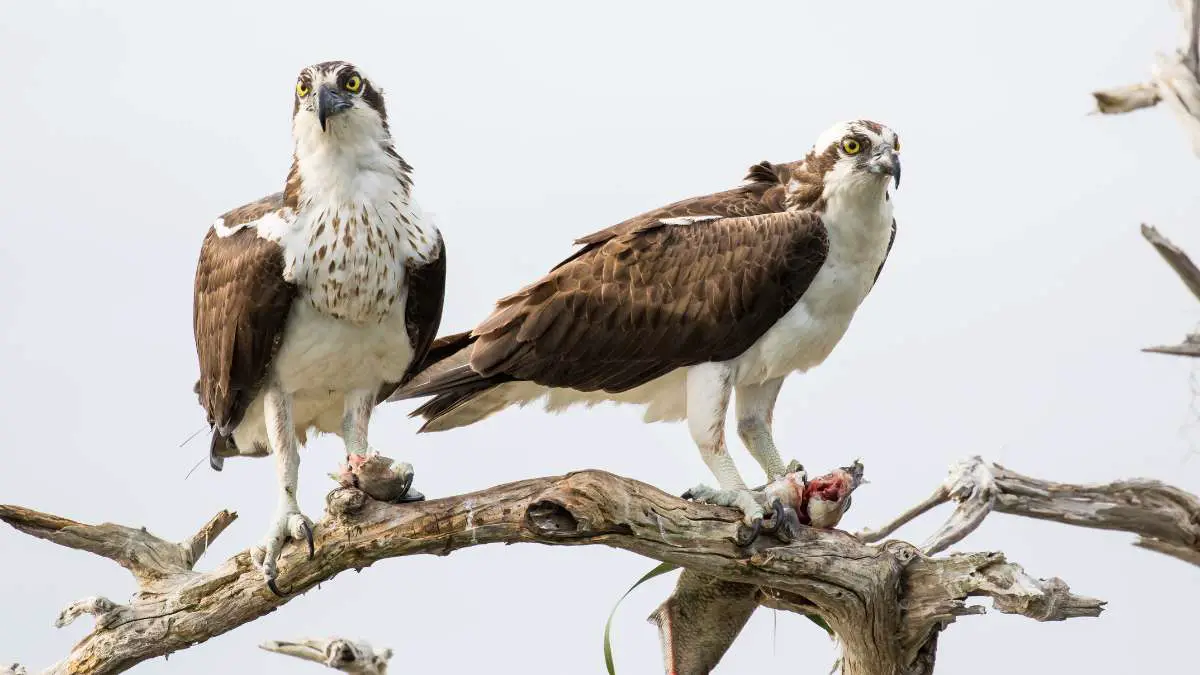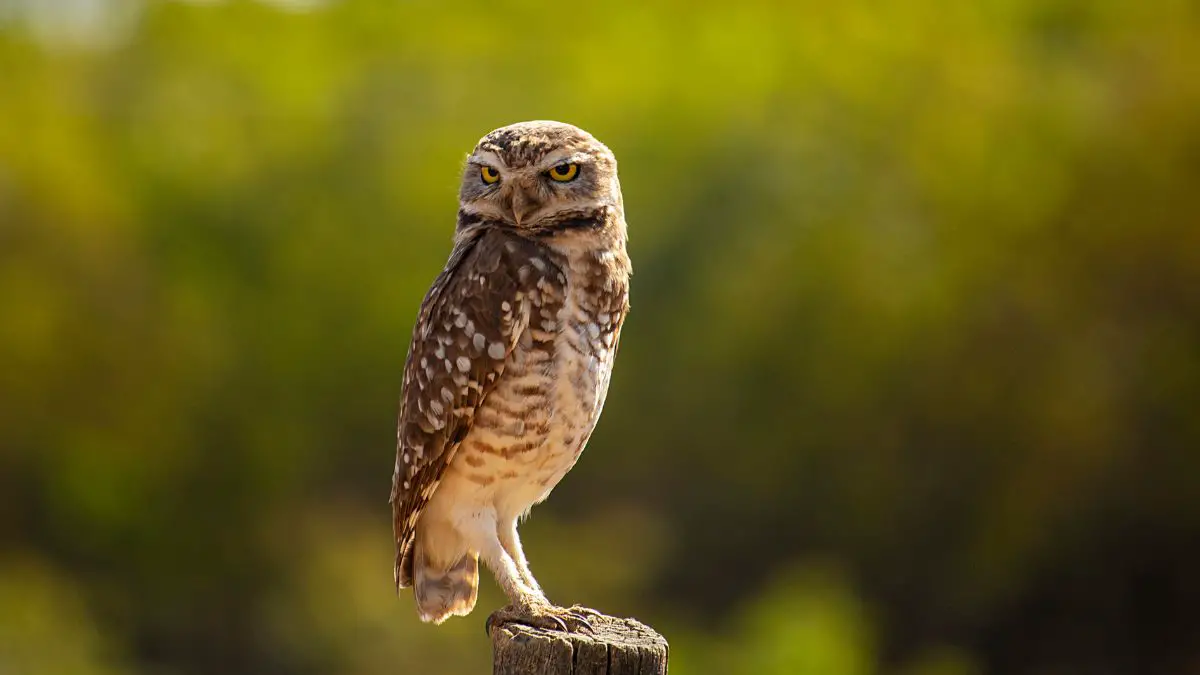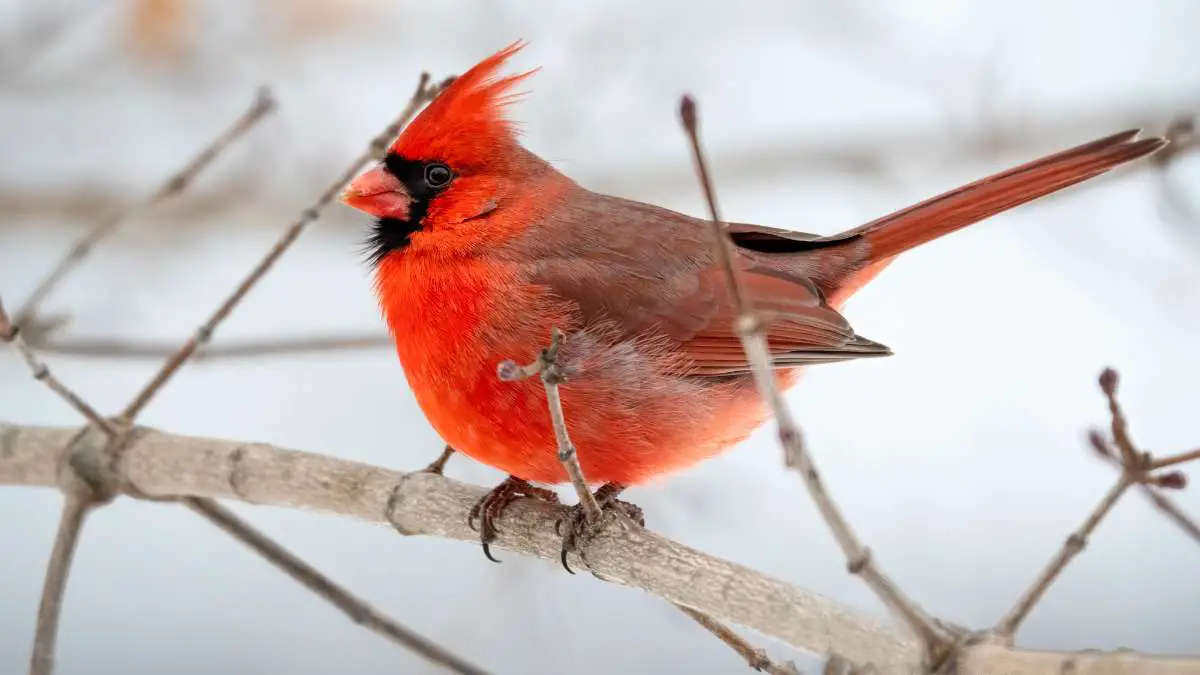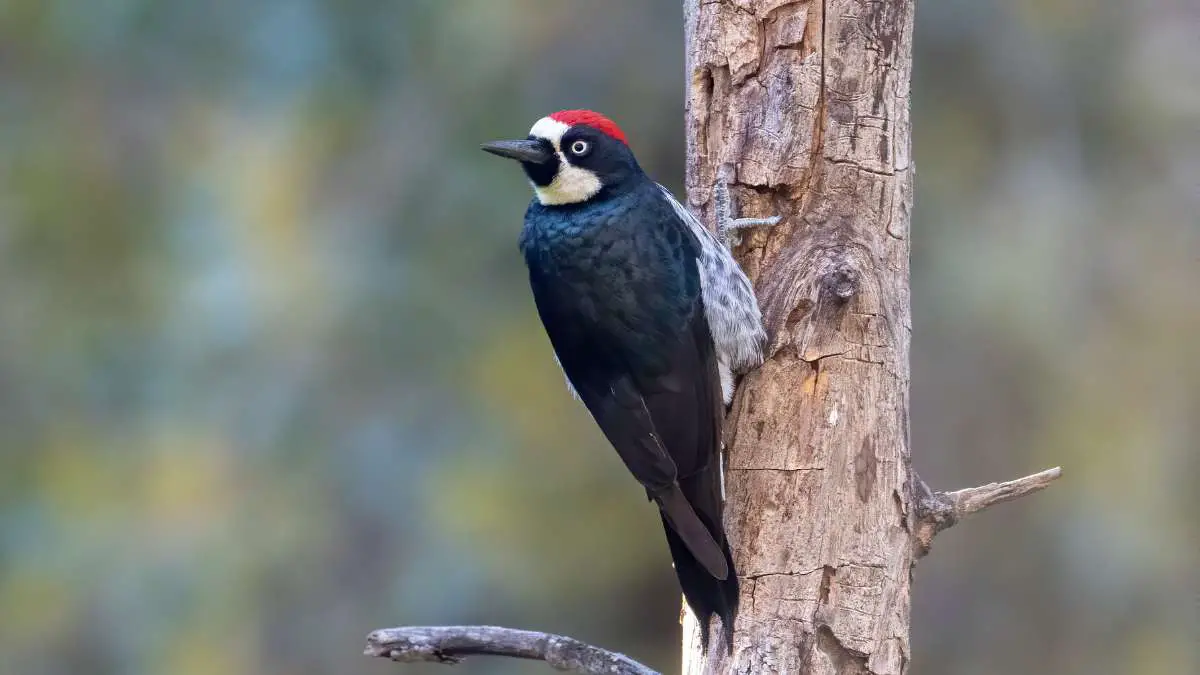Ospreys, also known as sea hawks or fish eagles, are stunning raptors known for their remarkable hunting skills and distinct appearance. But beyond their impressive hunting abilities, understanding their mating behavior is fascinating.
In this article, we’ll take a closer look at the world of ospreys and explore the significance of their mating behavior.
Understanding Ospreys
Ospreys, scientifically known as Pandion haliaetus, are truly remarkable birds that trap our imaginations with their striking appearances and distinctive behaviors.
To understand whether ospreys mate for life, we first need to grasp the essence of these magnificent creatures.
Ospreys are large raptors with a wingspan that can reach up to six feet. They are easily recognizable by their white heads, dark eyes, and sharp talons designed for snatching fish from water bodies.
Their plumage, a blend of brown and white, allows them to blend seamlessly into their surroundings.
You can find ospreys in various regions across the globe, from North America to Europe, Asia, and even parts of Africa.
They often choose coastal areas, lakeshores, and riversides as their preferred habitat. These locations provide them with an abundant source of their primary diet: fish.
Ospreys are expert anglers, soaring high above the water, and then diving headfirst to catch their prey with remarkable precision.
Their diet consists predominantly of fish, making them true piscivores.
Their incredible hunting skills are a sight to behold as they hover in the sky, scanning the water’s surface for potential meals. When they spot a fish, they plunge into the water with talons outstretched, emerging with a wriggling catch.
Understanding these key aspects of ospreys is crucial to appreciate the complex nature of their mating behavior.
Osprey Mating Behavior
Ospreys have a fascinating mating behavior that unfolds in four key stages: mating season and courtship rituals, formation of pairs, nest-building and territory selection, and the demanding task of raising their offspring.
Osprey Mating Rituals
When the mating season arrives, ospreys engage in complex courtship displays. These are not your typical love songs and flowers; osprey courtship involves an impressive aerial ballet.
Both potential mates soar high in the sky, performing breathtaking displays of mid-air somersaults and graceful dives. These airborne acrobatics aren’t just for show; they help ospreys assess each other’s skills and compatibility.
In addition to their dazzling displays, ospreys exchange gifts as part of their bonding process.
They may bring twigs, fish, or other trinkets to impress their potential partners. These offerings symbolize the ability to provide for the family and strengthen the bond between the pair.
Vocalizations play a vital role too. Ospreys have a repertoire of distinctive calls that they use to communicate their intentions and emotions.
These vocalizations help reinforce the bond between mates and ensure they’re on the same page during their courtship dance.
Pair Formation
But how do ospreys choose their life partners? Are they truly monogamous?
Well, while they might not exchange wedding vows, ospreys are highly committed. They often form monogamous pairs that can last for several breeding seasons.
The bond between these feathered mates is incredibly strong, and they typically return to each other year after year.
When it comes to comparing ospreys with other birds’ mating behavior, they stand out for their loyalty.
Many other bird species might not stick with the same mate for as long as ospreys do.
However, it’s not always smooth sailing for these osprey lovebirds. Occasionally, they might decide to part ways, a concept known as “divorce” in the avian world.
This can happen if their previous nesting attempts weren’t successful or if they face certain challenges in their current territory.
Nest-Building and Territory Selection
The osprey’s nest is more than just a cozy home; it’s a symbol of their life together. These large raptors are skilled builders, creating nests out of sticks, grass, and various materials in a strategic location.
This nest is where they’ll raise their offspring and return year after year.
Territorial boundaries are vital for ospreys. They choose their nesting sites carefully and defend them vigorously. These territorial boundaries ensure that they have access to the resources needed to raise their young, particularly a steady supply of fish.
Ospreys are often found near water bodies, as it provides their primary food source.
But how long do ospreys stay in the same territory? The answer is quite remarkable. These birds often remain in the same territory throughout their entire lives, which can span two decades or more.
Raising Offspring
Once the pair has successfully bonded and settled in their chosen territory, they turn their focus to raising their young. Osprey parenting duties are shared between the male and female, making them truly cooperative parents.
Both parents take turns incubating the eggs and hunting for food. Their primary diet consists of fish, which the ospreys are exceptionally skilled at catching. They bring their fresh catches back to the nest to feed their growing chicks.
However, osprey families face various challenges and threats, such as predators and habitat destruction.
Despite these obstacles, osprey parents are dedicated and fiercely protective of their offspring, doing everything they can to ensure their survival and a successful fledging.
Research and Studies
Have you ever wondered if ospreys truly mate for life? Well, scientists and researchers have been on the case, and the results of their studies might just surprise you.
These feathered fish-hunters have been the subject of numerous notable research projects, shedding light on their fascinating mating behavior.
Notable Osprey Research Projects
One famous study, known as the “Osprey Project,” has been a cornerstone in understanding the lives of these magnificent raptors.
In this long-term project, researchers have tracked the movements, behaviors, and nesting patterns of osprey pairs, offering invaluable insights into their lives.
Scientific Findings on Osprey Mating Behavior
The scientific community has uncovered intriguing facts about osprey mating behavior. While not all osprey pairs stick together forever, many do exhibit strong monogamous tendencies.
This means they often return to the same mate season after season, building a lasting bond.
Case Studies and Observations
In various case studies and observations, researchers have witnessed the remarkable dedication of osprey pairs.
They’ve observed the elaborate courtship rituals, where these birds engage in mid-air displays, exchange gifts, and communicate with unique vocalizations.
This behavior helps them select their mates and strengthen their bonds.
Researchers have also dug into the world of osprey nesting and territorial habits. Ospreys are known for their impressive nest-building skills, constructing sturdy homes that they return to year after year.
They are territorial birds, fiercely defending their chosen nesting sites to ensure the safety and resources necessary for raising their young.
If you are interested in reading scientific research papers here is one with mating fidelity and this one more general fact about reproduction.
Conservation and Protection
The majestic osprey, with its striking appearance and intriguing mating behavior, faces its fair share of challenges in the wild even though it is considered as least concern globally.
To ensure these magnificent raptors continue to grace our skies, conservation and protection efforts are crucial.
Threats to Ospreys and Their Habitats
Ospreys, like many other creatures, have their fair share of threats. Loss of habitat due to human development, pollution of their waterways, and even direct persecution have posed challenges to their survival.
Nest sites are often threatened by deforestation and urbanization, making it difficult for these birds to find safe places to raise their young.
Conservation Efforts to Safeguard Osprey Populations
Thankfully, dedicated conservationists have been hard at work to protect ospreys and their habitats.
Efforts have included creating protected areas where these birds can nest without disturbance, reducing pesticide use to prevent contamination of their food sources, and even installing artificial nest platforms to give ospreys safe places to raise their chicks.
How Understanding Their Mating Behavior Aids in Conservation
Understanding the unique mating behavior of ospreys plays a critical role in their conservation.
The strong pair bonds and long-term commitments that these birds exhibit emphasize the need to protect their habitats and ensure they have a safe place to return to year after year.
Conclusion
In this exploration of osprey mating behavior, we’ve uncovered the fascinating world of these raptors.
While the question, “Do ospreys mate for life?” doesn’t have a simple yes or no answer, we’ve learned that they form strong, enduring bonds and engage in intricate courtship rituals that solidify their commitment.
Understanding osprey mating behavior is not just about satisfying our curiosity; it’s vital for their conservation.
As these birds face threats to their habitats, continued research and conservation efforts are essential.
By protecting their nesting sites, reducing pollution, and preserving their hunting grounds, we can ensure that ospreys continue to grace our skies, reminding us of the beauty of nature’s intricate relationships.
So, while the question may linger, the love story of Ospreys is one that deserves our protection and admiration. Let’s conserve this fascinating bird of prey together.




